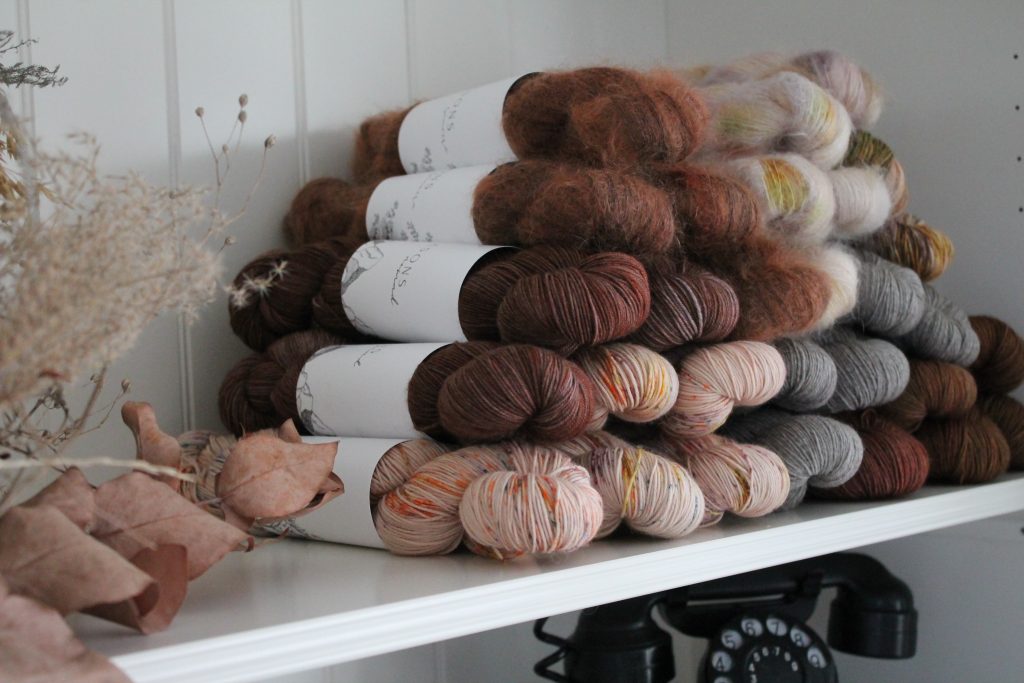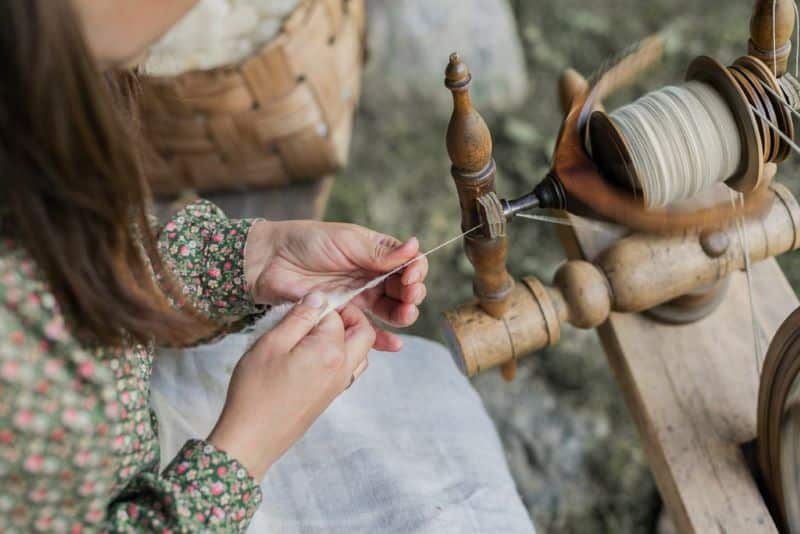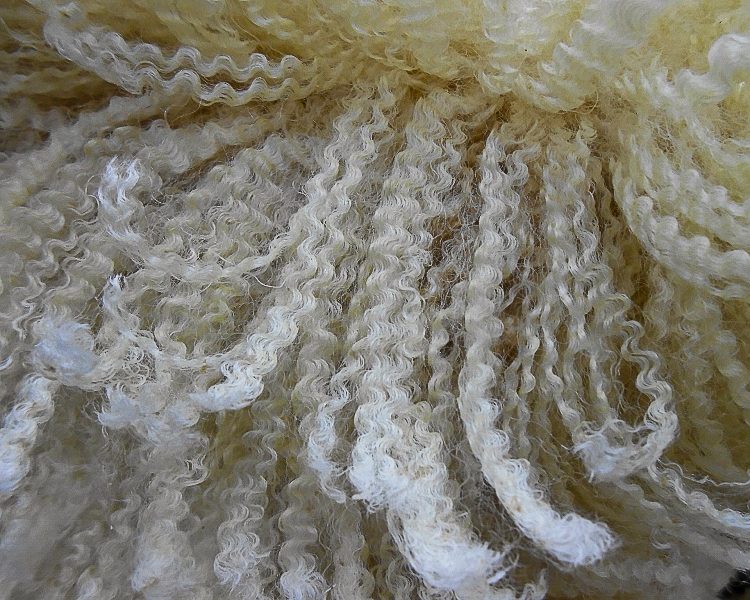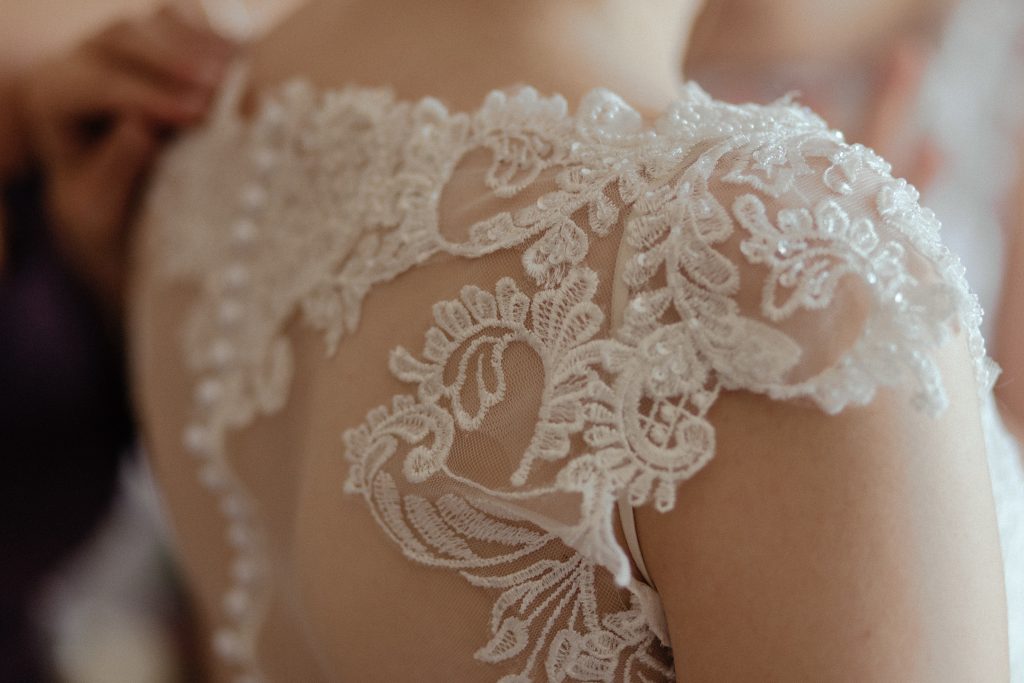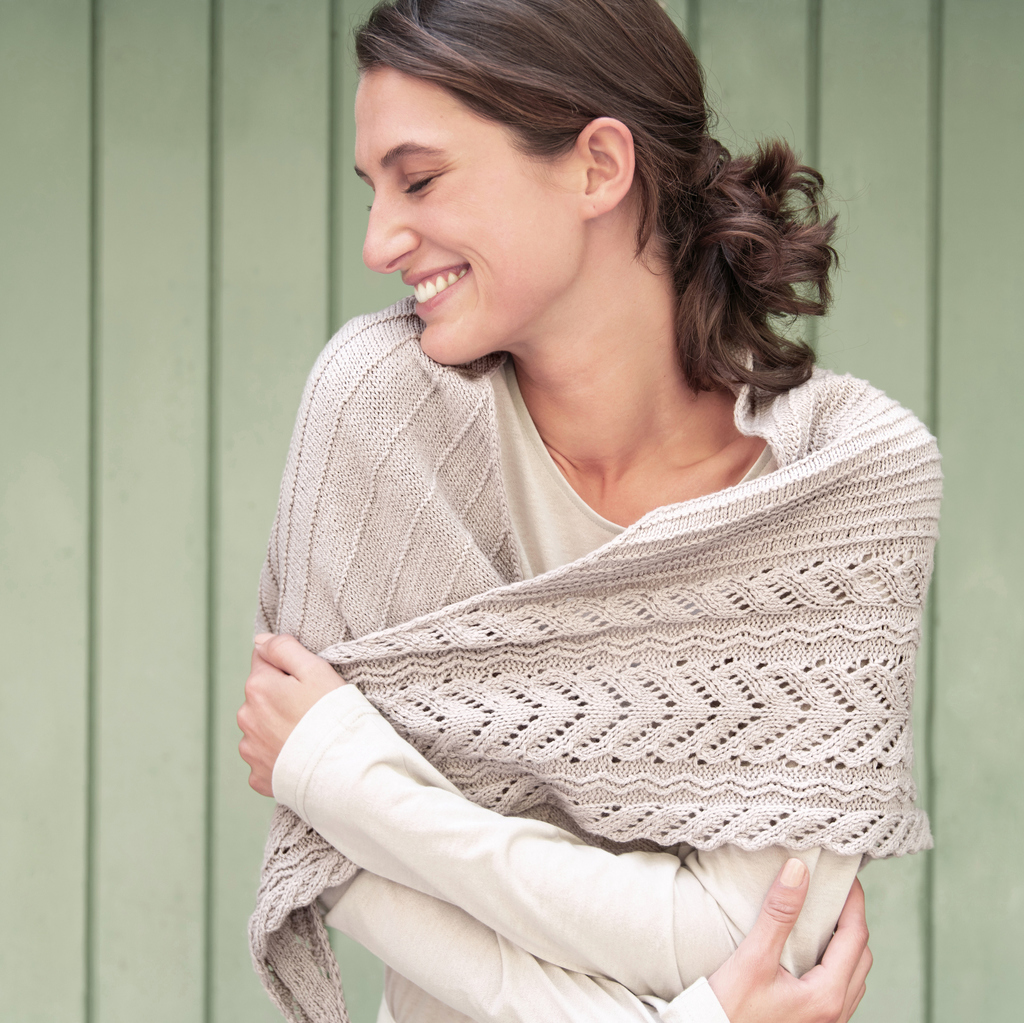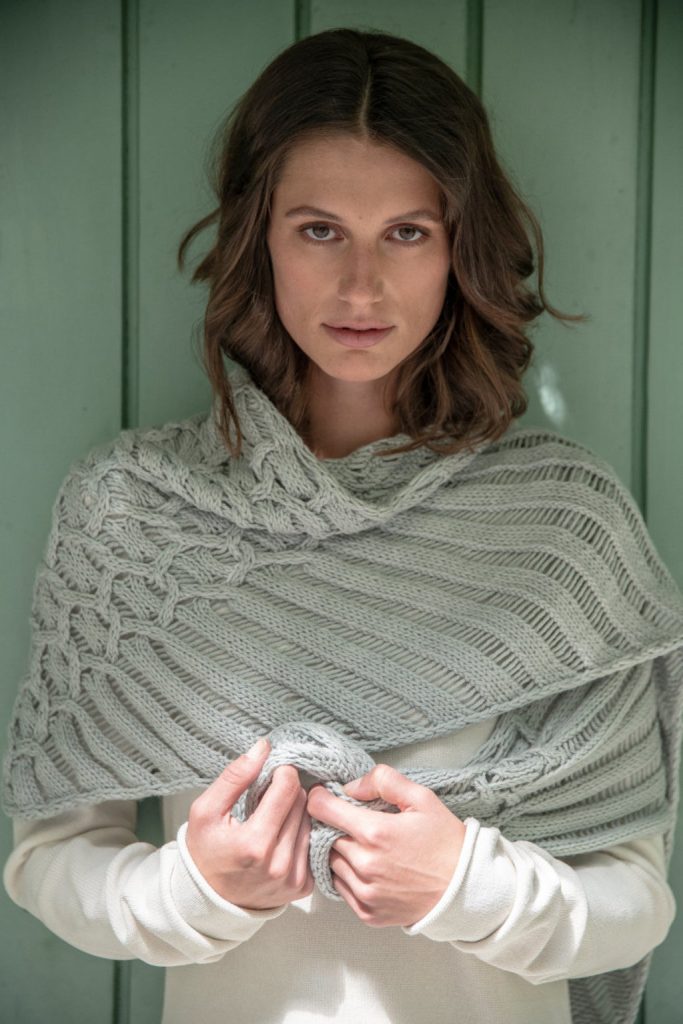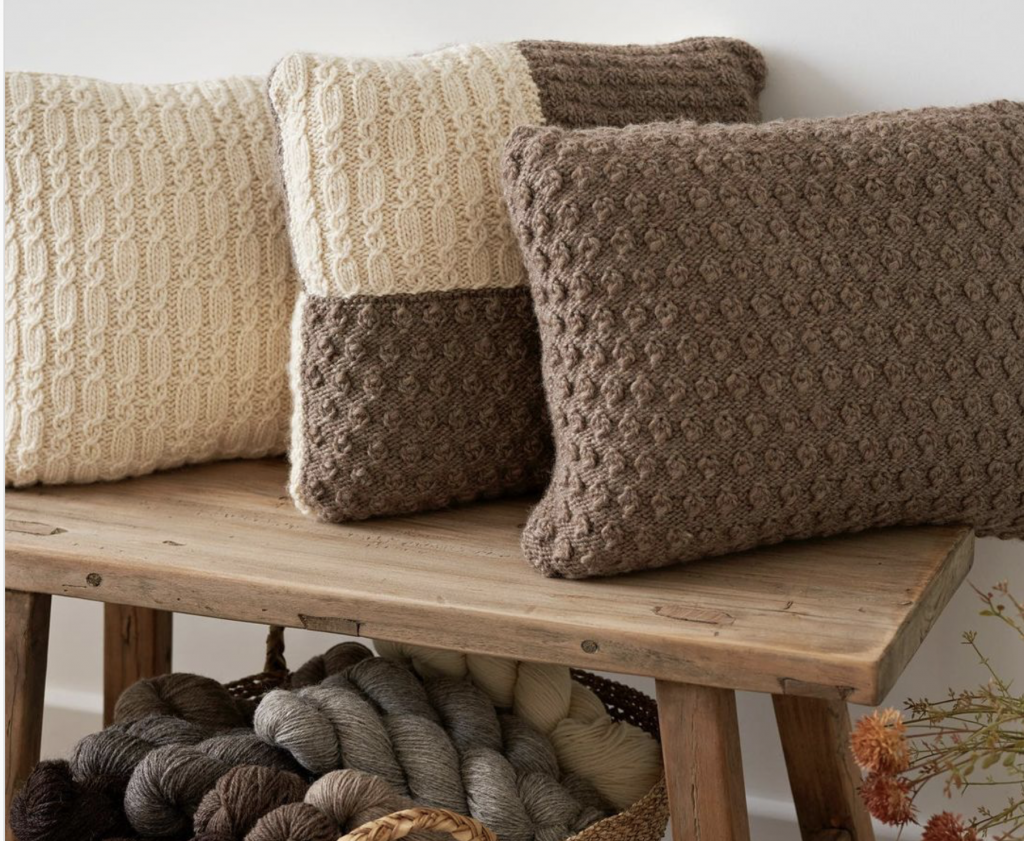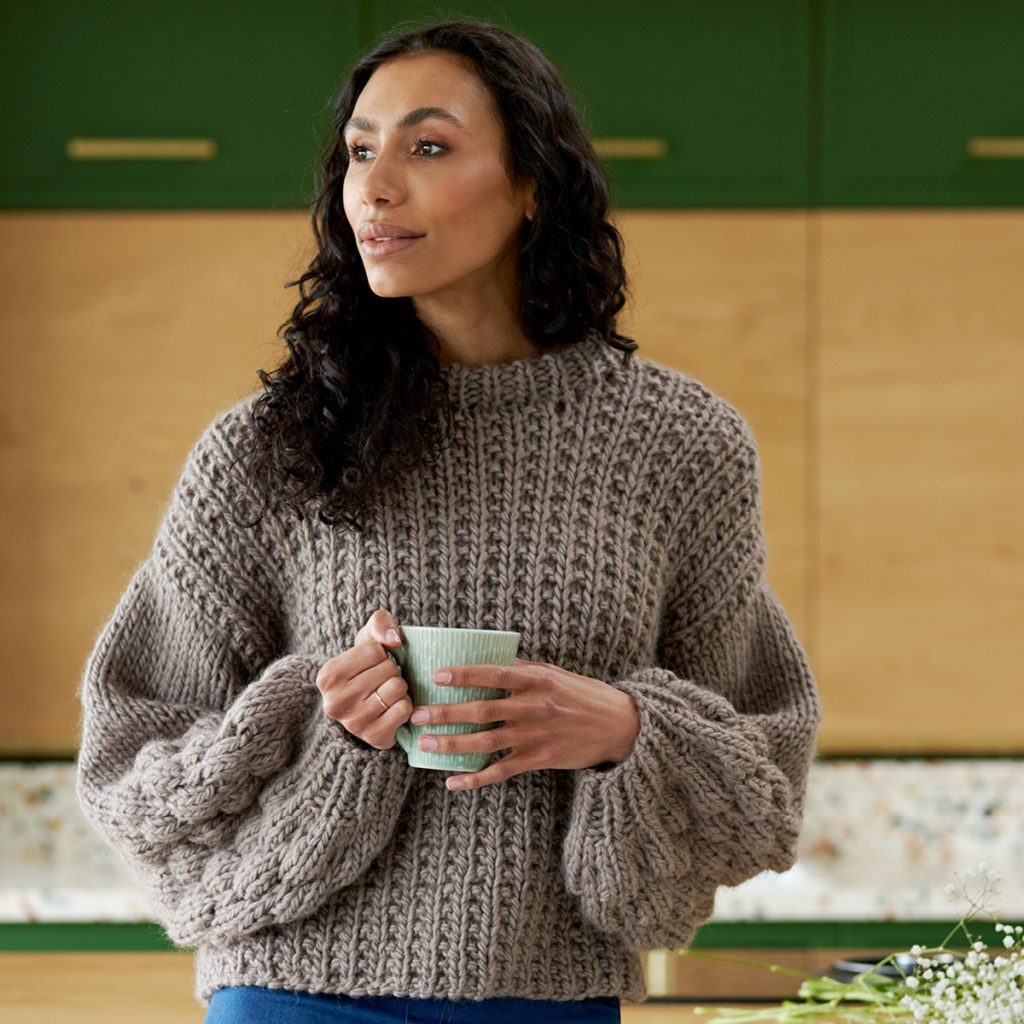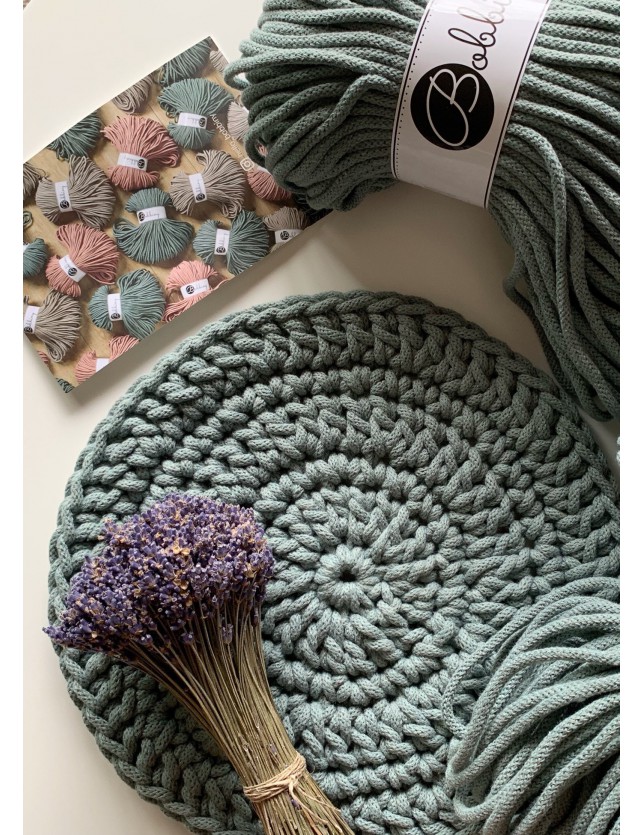Crafting Tips, Textile Info, Uncategorized
The Ultimate Yarn Guide
What is a yarn?
Let’s start with the basics.
A yarn is made by spinning which is basically twisting fibres (or filaments).
It sounds too simple to be true, but just by twisting the fibers interlock together and form a yarn.
Fibers are based on:
- cellulose (plant), such as cotton, bamboo, hemp or linen,
- protein (animal), such as wool, mohair or silk,
- or synthetics, such as polyester, polyamide or acryl.
Yarn Categories & Yarn Numbers
Yarns are categorised either by their thickness, their weight for e specified length or their length for a specified weight. In general, the lighter the yarn, the thinner and finer the yarn.
For knitting, crochet and macramé yarns, categories such as fine, light, medium, and chunky are used.
For weaving yarns,
often a ‘yarn numbering’ system
such as tex or Nm is used.
Yarn Categories
The following categories are used to express the thickness of yarns used for knitting, crochet and macramé.
0. Lace, light fingering of coweb garen
This is the lightest and thinnest yarn you can found. It is used for making lace designs. A lot of patience and experience are recommended when working with these yarns as they are super fine. Needle and hook sizes about 1 mm are recommend but you can also use bigger needles or hooks. This will give a more open structure. When knitting with lace yarn, around 35 stitches per 10 centimeter (4 inch) is a common stitch density.
1. Super fine, fingering, sock or baby yarn
This category is very popular for knitting socks but can also be used for baby clothes or basically any project with a more delicate look. Needle and hook sizes 2-3 mm are recommended. When knitting with super fine yarn, around 30 stitches per 10 centimeter (4 inch) is a common stitch density. Merino d’Arles wool (100% virgin wool) is an example of sustainable fingering yarn.
2. Fine, sport or baby yarn
Still a thin yarn, but suitable for many projects. Needle and hook sizes 3-4 mm are recommended. Around 25 stitches per 10 centimeter (4 inch) is a common stitch density when knitting with fine yarn.
3. DK, light weight, or worsted yarn
DK is short for Double Knitting, meaning that the yarn is just as thick as 2 threads of sock yarn. The term originated in England, but is now used as a general term. This yarn is sorely suitable for summer items, children’s clothes or accessories. The term worsted might be confusing as this is also used for wool yarn form which the short fibers are removed, but this is not related to the weight category. Needle and hook sizes 4-5 mm are recommended. When knitting with DK yarn, around 22 stitches per 10 centimeter (4 inch) is a common stitch density. Hoooked Soft Cotton and Hoooked Somen are examples of a sustainable DK yarn.
4. Aran or medium weight yarn
Medium or Aran yarns are very popular for DIY projects. The yarn is great for projects such as sweaters, scarves, hats and mittens. Needle and hook sizes 5-6 mm are recommended. Around 18 stitches per 10 centimeter (4 inch) is a common stitch density when knitting with Aran yarn. The Croft Shetland Wool and Un-dyed Bluefaced Leicester Wool are examples of Aran yarn.
5. Chunky, bulky, or roving
These yarns are very suitable for beginners as the yarn is thicker. This makes knitting, crochet or macramé much easier. Also, suitable for big project such as blankets and rugs. Needle and hook sizes 6-7 mm are recommended. When knitting with Chunky yarn, around 14 stitches per 10 centimeter (4 inch) is a common stitch density. Re:treat Chunky wool (100% virgin wool) is an example of a sustainable bulky yarn.
6. Super chunky, bulky yarn or cord
These yarns or cords are very suitable for beginners or kids as the pretty thick, and this makes knitting, crochet or macramé much easier. Also, suitable of course for big and/or quick projects. Needle sizes 8-10 mm are recommended. Around 10 stitches per 10 centimeter (4 inch) is a common stitch density when knitting with super chunky yarn. Bobbiny Premium Cord 5mm (100% recycled cotton) is an example of a sustainable super chunky cord.
Yarn numbers
The yarn number (linear density) of a yarn can be expressed in different units, that are either a direct or indirect numbering system.
When yarns are numbered using the direct numbering system, higher numbers mean coarser yarns and lower numbers mean finer yarns. Mtex, dtex, tex, ktex and denier are examples of the direct numbering system.
The tex number for example expresses the weight in grams, per 1000 meters of yarn. For example, 10 tex means that 1000 meters, weight 10 gram. When using tex, the higher the number, the heavier and thicker the yarn.
When yarns are numbered using the indirect numbering system, higher numbers mean finer yarns and lower numbers mean coarser yarns. Nm and Ne are examples of the indirect numbering system.
Nm is short for Number metric and expresses the meters of a yarn per 1 kilogram. So, Nm 10 means that 10 kilometers of yarn weight 1 kilogram. When using Nm, the higher the number, the lighter and thinner the yarn.
Direct numbering system
mtex
Militex
- 1 mtex =
1 mg / 1000 m
dtex
Decitex
- 1 dtex =
1 dg / 1000 m
tex
Tex
- 1 tex =
1 g / 1000 m
ktex
Kilotex
- 1 ktex =
1 kg / 1000 m
den
Denier
- 1 den =
1 g / 9000 m
Indirect numbering system
Nm
Number metric / Metric Count
- 1 Nm =
1 m / 1 g
Ne
Number English / English Cotton Count
- 1 Ne =
1 hank ( of 840 yards) / 1 English pound
Nw
Number Worsted / Worsted Count
- 1 Nw =
1 hank ( of 560 yards) / 1 English pound

